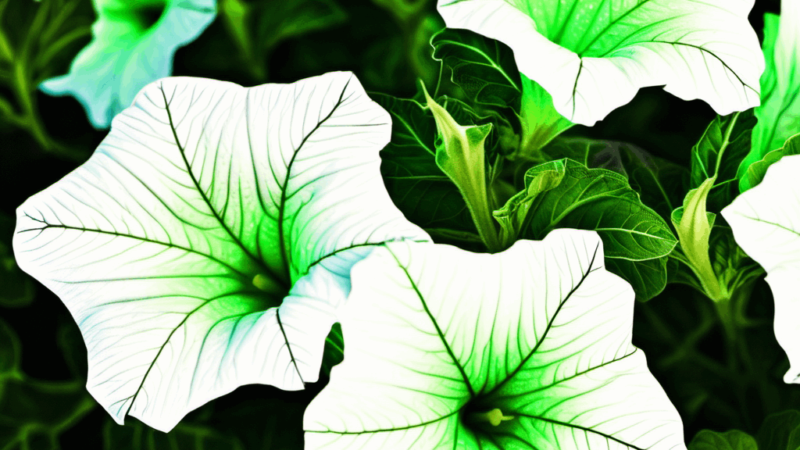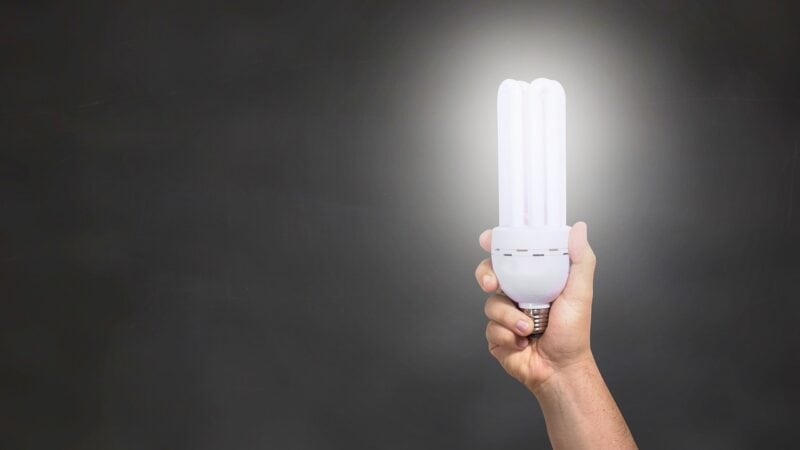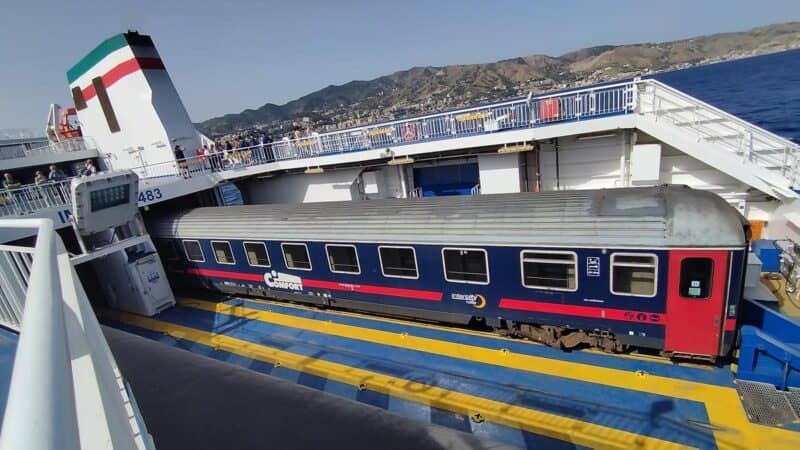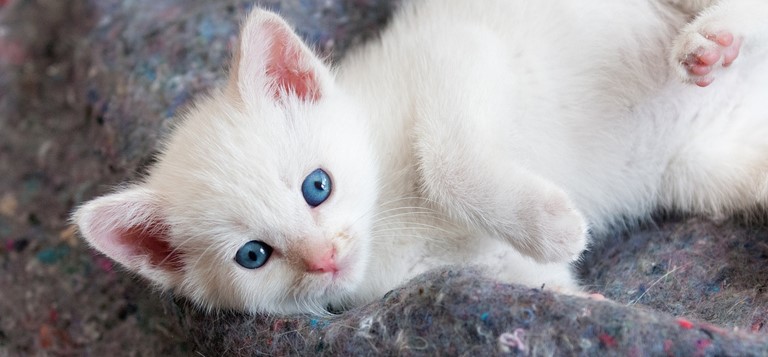How do they choose storm names?
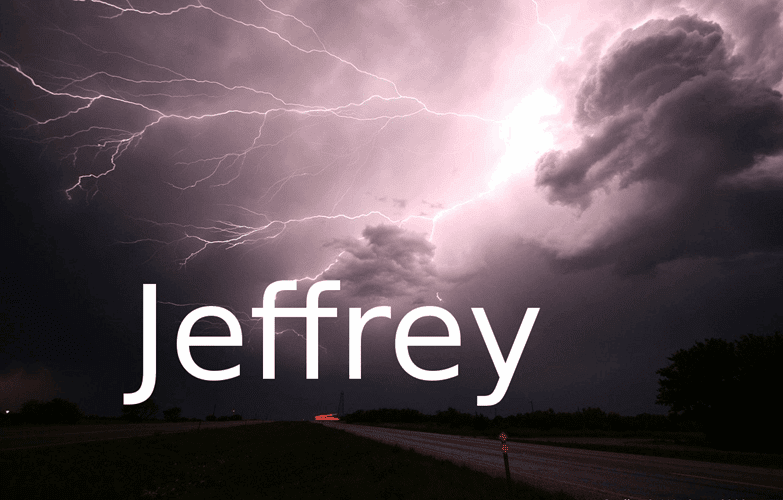
Storms were originally named after saints
In Puerto Rico in the 1500s, tropical cyclones were named after saints. Such as a the 1526 hurricane that happened on the day of Saint Francis of Assisi and so was named ‘Hurricane San Francisco‘.

“Storms are so personal they have to be given names”
But the first modern meteorologist to give names to storms was Clement Lindley Wragge.
Wragge was a famous British meteorologist who was famous for climbing to the top of Ben Nevis every day to take weather measurements. He later moved to Australia and in 1887 established the convention of naming cyclones. He wrote passionately about how storms can capture the imagination and saw them as charismatic entities in themselves. “He felt storms to be so personal that he had given them names.” (Shaw, contemporary meteorologist). He regarded his weather reports as a way of educating people about the literacy, metaphors and beauty of weather. He used musical terms to describe the weather and compared the isobars on his reports to the strings of a harp. Wragge personified storms and named them after figures from Polynesian mythology, politicians or other characters such as Princess Sana or Hannibal.
After he retired his naming system was abandoned for sixty years. But he had faith that it would one day be widely accepted.
The practice will become universal.
Renowned meteorologist Clement Wragge, 1901
Storms had female names because they were named after wives and girlfriends of the forecasters
In the 1940s, the US Air Force started naming cyclones using the phonetic alphabet. But their was confusion when the old phonetic alphabet (Able, Baker, Charlie, Dog…) was replaced with the modern phonetic alphabet (Alpha, Bravo, Charlie, Delta…). Also the phonetic alphabet was used for other military communications.
So in 1953 the U.S. National Weather Service began to identify hurricanes by women’s names. Hurricanes were named after girlfriends or wives of US Army Air Corp and Navy meteorologists.
Femme fatale – Storms named after women kill more people than ones named after men
In 1979 Men’s names were introduced, which is just as well because a 2014 study by Princeton University suggested that, in the US, storms named after women caused many more deaths. Storms named after women killed about 3 times as many as storms named after men.
It is proposed that people don’t take storms named after women as seriously, or that storms named after men are more evocative of aggressiveness, violence or danger, so people take more precautions.
Changing a severe hurricane’s name from Charley to Eloise could nearly triple its death toll
Kiju Jung, Sharon Shavitt, Madhu Viswanathan, and Joseph M. Hilbe
National Academy of Sciences of the United States of America – Female hurricanes are deadlier than male hurricanes
I have done some preliminary research based on Wikipedia records for UK and Ireland windstorm season and, since UK started naming storms, it seems that female storms are more deadly in the UK too. View my findings here.
| UK and Ireland windstorm season | Casualties since 2015 |
| Storms with Female Names | 187 |
| Storms with Male Names | 78 |
In the Pacific, storms are named after plants and animals
Since WW2 most countries have used male and female names for storms, but in the western North Pacific and North Indian Oceans the majority of names used are not personal names. While there are a few male and female names, most are names of flowers, animals, birds, trees, foods or descriptive adjectives etc.
In 2017 Storm Haikui (‘little poems’) caused $4.26 million of damage in China, while Typhoon Elephant rampaged across the Philippines causing $1.03 billion of damage.
In 2020-21 some major cyclones were:
| Date | Country | Cyclone name |
| 1 June 2020 | Bangladesh | Nature |
| 21 November 2020 | India | Speed |
| November 23, 2020 | Iran | Light |
| November 30, 2020 | Maldives | Black Mangroves |
| May 14, 2021 | Myanmar | Gecko |
| May 23, 2021 | Oman | A tree with good fragrance |
| September 24, 2021 | Pakistan | Rose Water |
| September 30, 2021 | Quatar | Falcon |
| December 2, 2021 | Saudia Arabia | Generous |
I’m sure when I was young storms didn’t have names…
If you are British and feel like naming storms is a new and sensationalist Americanism, you would be right. That’s why the great storm of 1987 is just called Great Storm of 1987 and there was also ‘Storm of the Century’ in 1953 and the ‘Big Freeze’ in 1963.
The UK and Irish Met Offices only adopted the American tradition of naming storms in 2015. Naming storms helps raise awareness and prevent fatalities. In the UK, storms are given names if they are to predicted to be medium or high damage, with danger to life and at least an amber or red weather warning (e.g. gusts of 80mph). Names storms also can include rain, wind, snow, fog, ice and even extreme heat. (Heatwaves have caused 90% of weather-related fatalities in Europe since 1980)
The Netherlands joined with UK and Ireland in 2019 to form the Western Group and have a joint naming system to avoid confusion and better highlight dangerous and life-threatening international storms. (France, Spain, Portugal, Belgium and Luxembourg have a separate naming system as they are in the South-western Group and the rest of Europe are split into other geographical groups).
How do they decide on the storm names in the UK?
Names of storms in the UK are suggested by members of the public of UK, Netherlands and Ireland. The forecasters pick the ones that they like from the suggestions, alternating between male and female. Often names are sent in for sentimental reasons, for example Storm Dudley is named after a couple due to get married in 2022 who will share the last name of Dudley, while Storm Ruby was chosen from a lady who said her cat Ruby “comes in and acts like a storm“.
The year’s names are decided at the beginning of the year and go alphabetically from A to W. No storms names begin with Q, U, X, Y and Z because there aren’t many names beginning with those letters.
Some storms in this year’s list include Méabh, Pól, Tineke and if we are unlucky enough to get to W then; it will be Storm Willemien. But this is very unlikely as, since the naming convention began, no year has ever gone beyond K (Storm Katie in 2016).
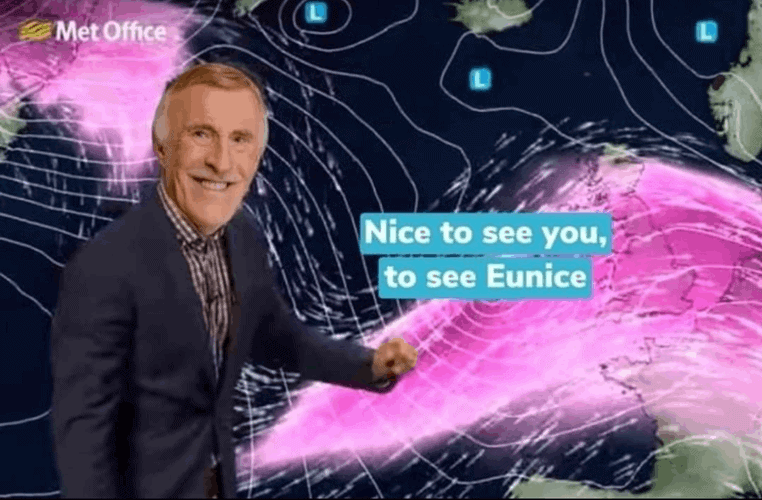
Japan give their storms numbers
Japan does not name their storms but instead gives them a number (I know how boring). Any major typhoons before 2000 were not numbered and so are recorded as NO-NAME typhoons.
The most notorious storm names are ‘retired’ from use
Hurricane Katrina in 2005 was the third deadliest and most costly storm in US history (it killed 1,200, but Galveston in 1900 killed 8,000). Katrina is one of several storms which was so impactful that it will be remembered for generations and so is removed from any future lists of hurricane names, or ‘retired,’ so that it will never be used again to avoid confusion with legal or insurance claims and historical references.
The full list of UK storms in 2022
Arwen 27 November 2021
Barra 8 December 2021
Malik January 2022
Corrie 31 January 2022
Dudley 15 February 2022
Eunice 17 February 2022
Franklin 19 February 2022
Gladys (Predicted 24 February 2022)
Herman
Imani
Jack
Kim
Logan
Méabh
Nasim
Olwen
Pól
Ruby
Seán
Tineke
Vergil
Willemien
If we have five more storms before September, we will match the record set in 2016 and reach the letter K.
Sources:
BBC – Storm Eunice: How, and why, do storms get their names?
Wikipedia Winter storm naming in the United Kingdom and Ireland
PNAS – Female hurricanes are deadlier than male hurricanes
National Geographic – Why Have Female Hurricanes Killed More People Than Male Ones?
BBC – Why do storms get named?
Tropical Cyclone Naming – Wikipedia
Cyclone Country: The Language of Place and Disaster in Australian Literature – Chrystopher J. Spicer

